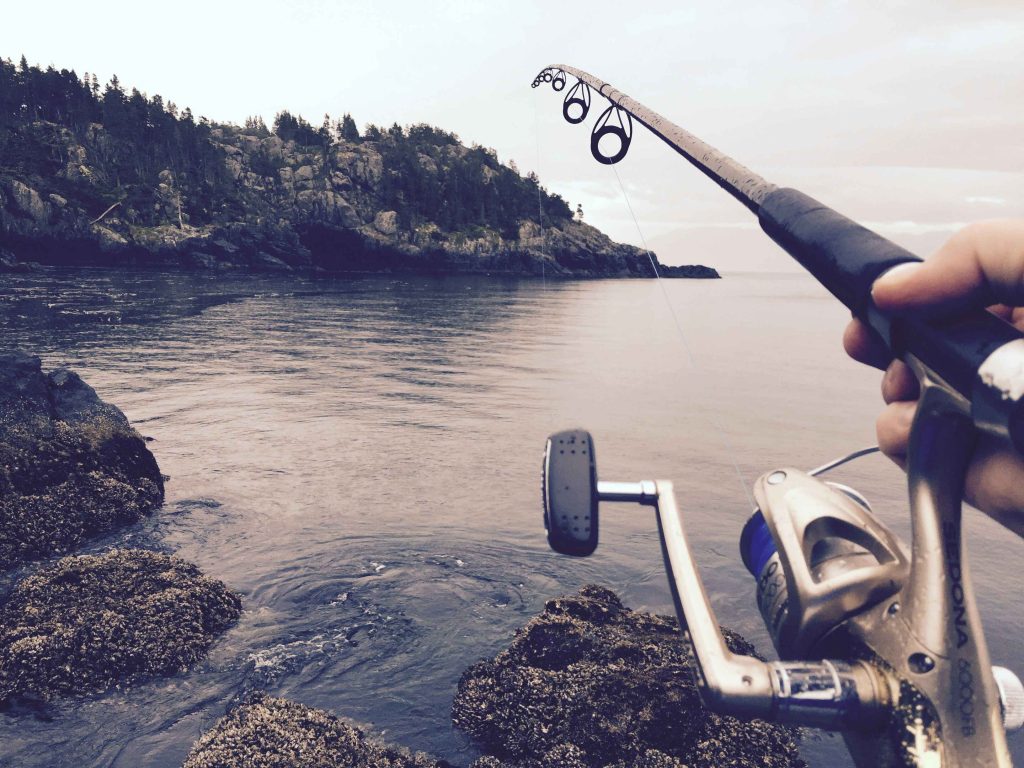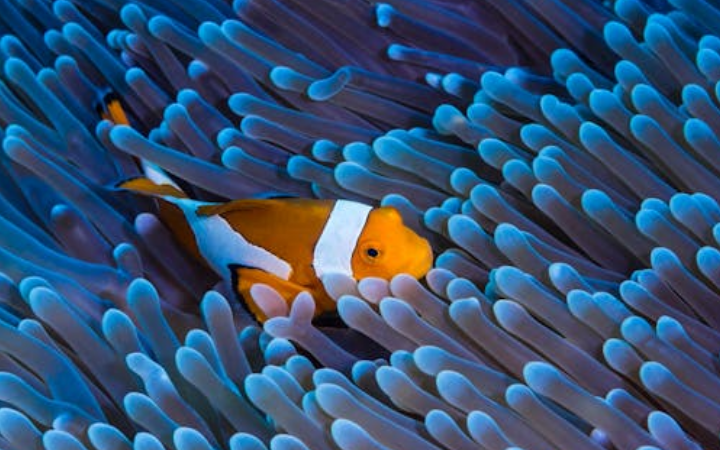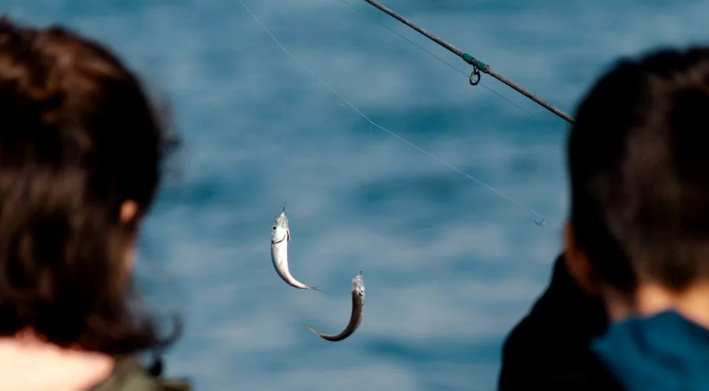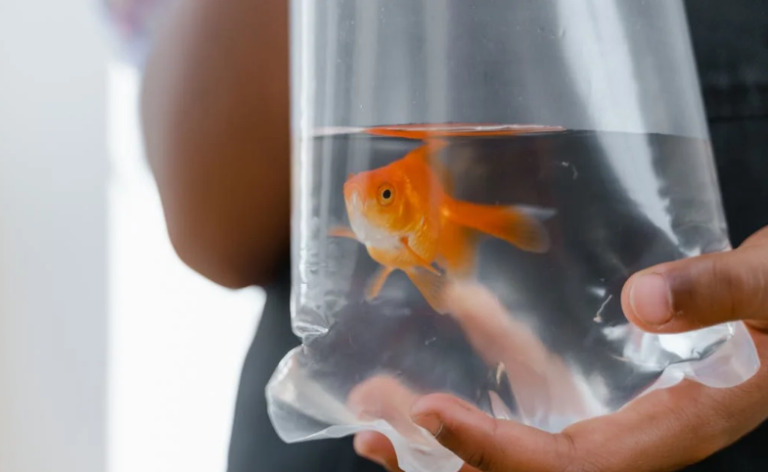Introduction
Fishing line is an essential component of any angler’s gear, and understanding its lifespan and proper care is crucial for successful fishing trips. A common question among fishing enthusiasts is whether fishing line goes bad over time.
The short and simple answer is: yes, fishing line does go bad. However, various factors influence how quickly it deteriorates, including the type of fishing line, storage conditions, and frequency of use. In this article, we will delve into the reasons why fishing line goes bad, how to identify when it’s time to replace it, and tips for prolonging its life.
Types of Fishing Line

Monofilament Line
Monofilament line, commonly referred to as “mono,” is made from a single strand of nylon. It is known for its versatility, flexibility, and ease of use. However, monofilament line is also prone to degradation from UV rays, heat, and water absorption. Over time, these elements can weaken the line, making it more likely to break under pressure.
Fluorocarbon Line
Fluorocarbon line is made from a single strand of polyvinylidene fluoride. It is known for its low visibility underwater, making it a favorite among anglers targeting shy or cautious fish. Fluorocarbon is more resistant to UV rays and water absorption compared to monofilament, but it can still become brittle over time, especially if exposed to harsh conditions.
Braided Line
Braided line is composed of multiple strands of synthetic fibers, such as Spectra or Dyneema, woven together. It is known for its incredible strength and thin diameter, making it ideal for heavy cover and deep-water fishing. Braided line is less affected by UV rays and water absorption but can suffer from fraying and loss of color over time.
Factors That Cause Fishing Line to Go Bad
UV Exposure
UV rays from the sun are one of the primary causes of fishing line degradation. Prolonged exposure to sunlight can weaken the molecular structure of the line, making it more prone to breaking. This is particularly true for monofilament and, to a lesser extent, fluorocarbon lines.
Heat
High temperatures can accelerate the aging process of fishing lines. Storing your fishing gear in a hot garage, car trunk, or any place with significant heat exposure can cause the line to lose its strength and flexibility more quickly.
Water Absorption
While all fishing lines are exposed to water during use, some types absorb water more readily than others. Monofilament line, in particular, can absorb water, which affects its strength and stretchability. Over time, this can lead to a decrease in performance and increased breakage.
Physical Wear and Tear
Regular use of fishing line subjects it to physical stress, such as casting, reeling, and contact with abrasive surfaces like rocks, sand, and the fish themselves. These activities can cause nicks, cuts, and abrasions on the line, weakening it over time.
Chemical Exposure
Fishing line can also deteriorate when exposed to certain chemicals, such as sunscreen, insect repellent, and even some types of bait and lure scents. These chemicals can break down the line’s material, reducing its strength and durability.
Read Also:
Why Boaters Should Slow Down While Passing Recreational Fishing Boats
Signs That Your Fishing Line Has Gone Bad
Visible Damage
One of the most obvious signs that your fishing line needs to be replaced is visible damage. Look for nicks, cuts, fraying, or discoloration along the length of the line. These are clear indicators that the line has been compromised and may break under stress.
Loss of Flexibility
If your fishing line feels stiff or brittle, it is likely past its prime. A good fishing line should be supple and flexible, allowing for smooth casting and reeling. Stiff or brittle line is more prone to breaking and can negatively impact your fishing experience.
Reduced Strength
Testing the strength of your fishing line is another way to determine if it has gone bad. Try tying a knot and pulling on the line with moderate force. If the line snaps easily or the knot slips, it’s time to replace it.
Increased Line Memory
Line memory refers to the tendency of fishing line to retain the shape of the spool it is stored on. Over time, line with high memory will form coils and tangles, making it difficult to cast and reel in smoothly. If you notice that your line is becoming increasingly coiled or tangled, it may be time for a new spool.
How to Prolong the Life of Your Fishing Line
Proper Storage
Storing your fishing line properly can significantly extend its lifespan. Keep your spools in a cool, dark place away from direct sunlight and extreme temperatures. A tackle box or dedicated storage container works well for this purpose.
Rinse After Use
After a fishing trip, especially in saltwater, rinse your fishing line with fresh water to remove salt, dirt, and other debris. Saltwater is particularly corrosive and can accelerate the degradation of your line if not cleaned off.
Avoid Chemicals
Be mindful of exposing your fishing line to chemicals such as sunscreen, insect repellent, and certain bait scents. Try to handle your line with clean hands and avoid using products that can weaken the material.
Regular Inspection
Make it a habit to regularly inspect your fishing line for signs of wear and tear. Checking your line before each fishing trip can help you identify any damage early and prevent frustrating breakages on the water.
Replace as Needed
Even with proper care, fishing line will eventually need to be replaced. As a general rule, monofilament line should be replaced every 1-2 years, fluorocarbon every 2-3 years, and braided line every 3-5 years, depending on usage and storage conditions.
Conclusion
Fishing line does go bad, but understanding the factors that contribute to its degradation and taking steps to properly care for it can extend its useful life. By choosing the right type of line for your needs, storing it properly, and regularly inspecting it for damage, you can ensure that your fishing trips are more successful and enjoyable. Remember, a reliable fishing line is key to landing that big catch, so don’t neglect this important piece of your fishing gear.



